 A Guide to Protecting Possessions from Insurance Loss
A Guide to Protecting Possessions from Insurance Loss
The thought of losing cherished belongings in a fire, theft, or natural disaster is unsettling. Thankfully, insurance exists to provide financial relief in such situations. But navigating the complexities of insurance claims can be daunting. To ensure you’re adequately prepared for the unexpected, here’s a guide on protecting your possessions from insurance loss:
Understanding Your Coverage:
- Policy Types: Familiarize yourself with the different insurance policies available. Homeowners insurance covers your dwelling and its contents in case of fire, theft, vandalism, and certain weather events. Renters insurance protects your belongings within a rented space. Valuable article coverage (often an add-on) provides specialized protection for high-value items like jewelry or artwork.
- Coverage Limits: Each policy has coverage limits for different categories (electronics, furniture, etc.). These limits dictate the maximum amount the insurer will pay for a damaged or lost item. Review your policy limits and adjust them if necessary to reflect the value of your possessions.
- Deductible: This is the amount you pay out of pocket before the insurance coverage kicks in. Choosing a higher deductible lowers your premium but increases your initial financial burden when filing a claim.
Documentation is Key:
- Home Inventory: Create a detailed inventory of your possessions. This should include photos, receipts (if available), descriptions, and estimated values. Include items in storage units or basements. Regularly update your inventory to reflect new purchases or disposals. Consider using a smartphone app or online tool to streamline this process.
- Appraisals: For high-value items (jewelry, antiques, collectibles), obtain professional appraisals. Appraisals establish the fair market value of the item, crucial for proper compensation in case of a loss. Update appraisals periodically as the value of these items may fluctuate.
- Proof of Ownership: Keep receipts, purchase agreements, and certificates of authenticity for valuable items. These documents serve as concrete proof of ownership, vital during the claims process.
 Preventive Measures:
Preventive Measures:
- Security Systems: Invest in a reliable home security system with features like burglar alarms, fire alarms, and water leak detectors. Consider monitored systems for added peace of mind.
- Loss Prevention: Implement measures to minimize the risk of loss. Install deadbolts on doors, reinforce windows,and trim bushes around entry points to deter break-ins. Consider flood mitigation measures if you live in a flood-prone area.
- Safe Storage: Store valuables in a secure location like a fireproof safe. Back up important documents on an external hard drive and store it securely, preferably off-site.
Filing a Claim:
- Contact Immediately: Notify your insurance company promptly after discovering a loss. There’s usually a specific timeframe for filing a claim (typically 72 hours). Delaying notification can jeopardize your claim.
- Gather Documentation: Provide your insurance company with your policy information, photos of the damage, and your detailed home inventory. This expedites the claims process.
- Be Accurate and Honest: Be truthful when reporting the details of the loss. Exaggerating or fabricating details can lead to claim denial.
- Call Insurcomm: We will help familiarize you with the next steps in our process depending on what the claim is: fire, water or storm.
Additional Tips:
- Review Your Policy Regularly: Regularly revisit your insurance policy to ensure coverage limits remain adequate and reflect any changes in your possessions.
- Maintain Open Communication: Maintain open communication with your insurance adjuster throughout the claims process. Don’t hesitate to seek clarification if anything is unclear.
- Understand Depreciation: Be aware that some policies factor in depreciation (wear and tear) when calculating payouts. You may receive less than the original value of your belongings.
By understanding your insurance coverage, meticulously documenting your possessions, and taking preventive measures, you can significantly increase your chances of a smooth claims process and minimize financial hardship in the event of a loss. Remember, insurance is a safety net; taking these steps strengthens that net, ensuring your cherished possessions are well-protected.
